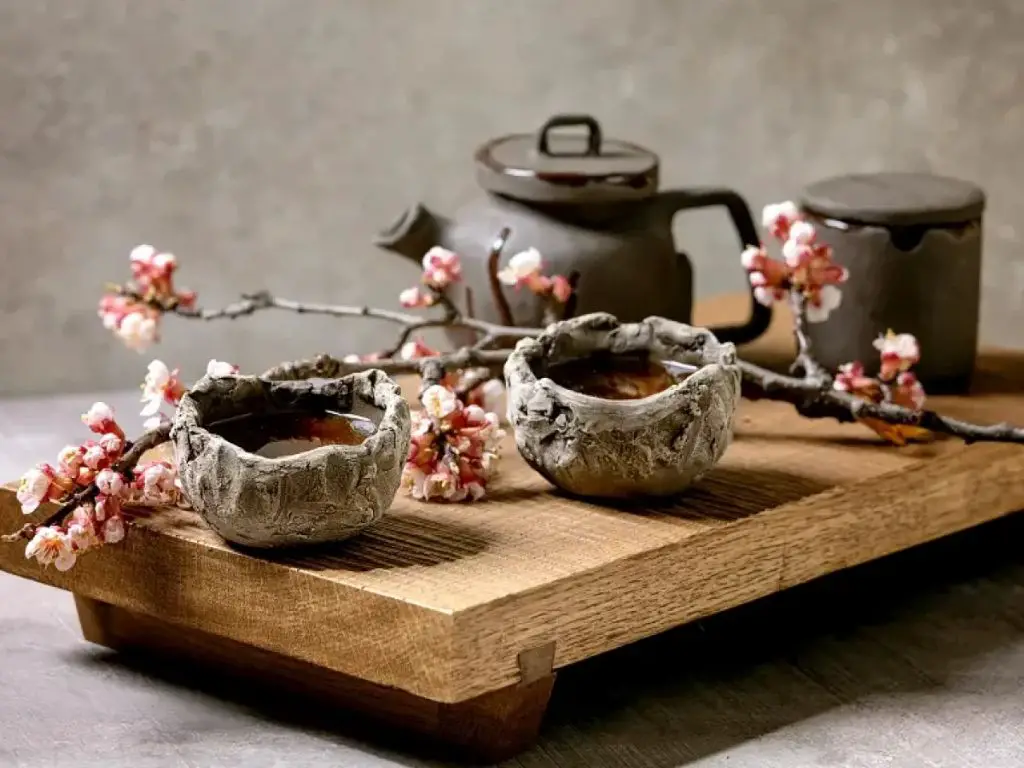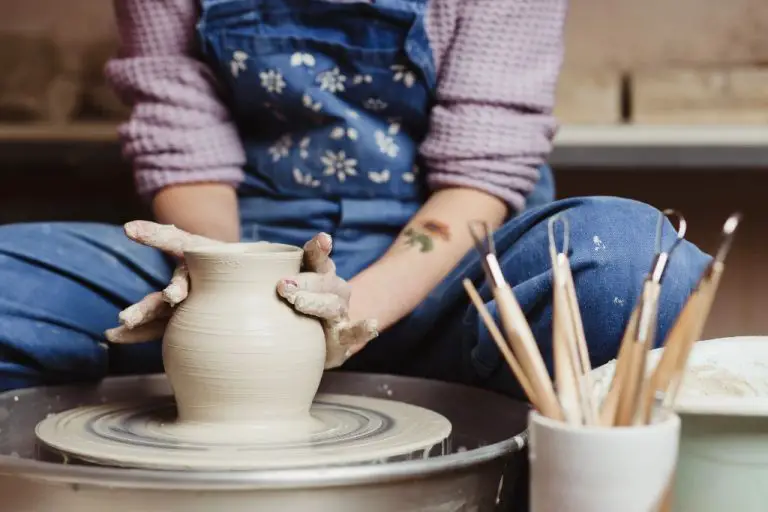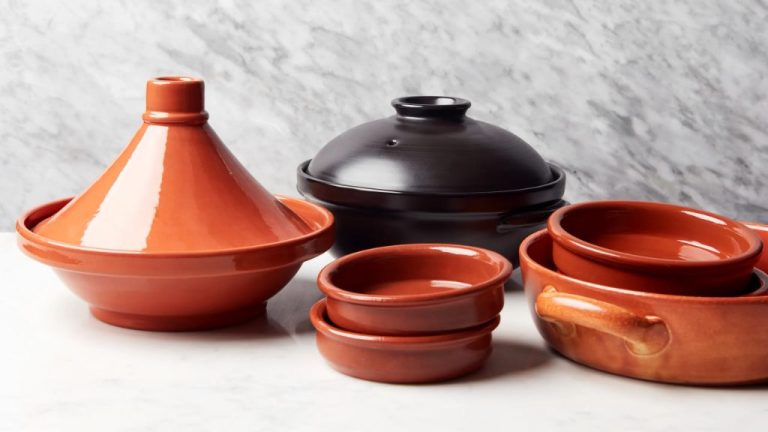What Pottery Has Value?
Collecting pottery can be a rewarding hobby for art enthusiasts. In recent years, interest in collecting ceramics and pottery has grown significantly, with major fairs like Ceramic Art London attracting large crowds of eager buyers. As with any collectible, assessing the value of a piece of pottery involves examining several factors. This guide will provide an overview of what makes pottery valuable, including elements like age, craftsmanship, condition, rarity, and aesthetics. Whether you are an avid collector or just inherited some old pots and want to know their worth, read on to learn about identifying valuable pottery.
Age
Antique and ancient pottery tends to be more valuable than modern pieces. The oldest known ceramic object is the Gravettian figurine, dating back over 25,000 years and discovered in the Czech Republic. Like this figurine, pottery made thousands of years ago, during ancient civilizations like the Greek, Roman, Chinese, Mayan or Egyptian empires, often fetches high prices at auction due to rarity and historical significance. For example, a rare intact Greek Attic black-figure amphora from 530 BC sold for £1.2 million at Christie’s in 2016.
In general, the older a piece of pottery is, the more valuable and sought after it becomes, especially if it’s an intact artifact made over 500+ years ago. The age proves both the rarity and artistic merit of surviving such a long time. There are exceptions, like highly valued art pottery from the Arts & Crafts movement in the late 19th/early 20th century. But when appraising pottery, older is usually more valuable.
Sources:
https://www.domestika.org/en/blog/8823-from-the-oldest-to-the-most-expensive-5-interesting-things-about-ceramic-art
Maker
Pieces made by famous potters or well-known studios tend to be more valuable on the antique market. Some of the most prized makers include Josiah Wedgwood, Royal Doulton, Royal Worcester, Moorcroft, Burmantofts, and Doulton Lambeth according to Wikihow. Pieces produced by these companies in the 18th and 19th centuries can sell for thousands of dollars at auction. What makes them so desirable is their artistry, craftsmanship, and legacy as pioneers in the pottery trade. For example, Josiah Wedgwood pioneered the industrialization of pottery manufacturing, raising the craft to new creative and technical heights. His intricate jasperware pieces are highly sought after. Royal Doulton also produced very fine tableware and figurines that appeal to collectors. Identifying the maker is one of the first steps in determining if a piece of pottery has value on the current market.
Craftsmanship
The craftsmanship and quality construction of a piece of pottery greatly impacts its value. Pieces that exhibit a high level of skill and artistry in their making are more desirable to collectors. Signs of quality craftsmanship include:
- Thin, even walls without air bubbles or flaws
- Smooth, well-thrown shapes without warping or irregularities
- Clean, crisp details in decorative elements like carving, painting, or glazing
- High firing temperatures resulting in hard, durable pieces that have an almost vitreous feel
- Complex shapes and forms that showcase the potter’s technical skill
The more intricate the production process, the higher the value. Pottery decorated using techniques like hand-painting, slip trailing, sgraffito, or applying ceramic transfers or decals tends to be worth more than plain functional wares. Multi-step processes requiring multiple firings or specialized skills increase value. Pieces reflecting a consistency of technique and vision also command higher prices. In general, quality craftsmanship transforms an ordinary piece of pottery into a valuable work of art.

Condition
The condition of a piece of pottery is a major factor in determining its value. Pottery that is in pristine, mint condition with no chips, cracks, or other damage is worth significantly more than pottery that has imperfections. As described on Gotheborg.com, “Regarding the loss of value on a damaged piece, you could generally expect it to be about half the price after restoration, if the piece have decorative value.” Even small chips, hairline cracks, and crazing can diminish value. According to TheSpruceCrafts.com, “The presence of crazing usually diminishes the value of objects but it can depend on the severity of the damage and rarity of the crazed piece.” Restoration work can help improve condition, but will still decrease value compared to an undamaged piece.
Rarity
Rarity plays a major role in determining the value of pottery. Items that were produced in limited quantities or feature rare designs tend to be more sought after by collectors and command higher prices at auction. There are a few key factors that make a piece of pottery rare and increase its desirability:
Limited production runs – Some pottery studios and artists only produce a certain number of pieces with a specific design. This artificially limits supply and makes those items harder to find. For example, a set of dinnerware that was only produced for a year before being discontinued is likely more valuable than a mass-produced pattern.
One-of-a-kind pieces – Completely unique, custom, or individual art pieces tend to be highly prized. Even functional pottery made by artisans in very small batches can develop a cult following among collectors.
Early examples – Pieces from the early work of potters who later became famous are more rare and valuable. Likewise, very early examples of pottery styles, techniques, or from noted studios tend to be in high demand.
Flaws and imperfections – Subtle flaws and imperfections, like blurred stamp marks, glaze inconsistencies, etc., can give pieces character and uniqueness that collectors find appealing.
Regional styles – Pottery that represents unique local or regional styles often has appeal to collectors looking for rare examples. The novelty and specificity in the design and technique increases value.
By being aware of these factors that create desirability and scarcity, collectors can better identify rare pottery that may appreciate in value over time.
Provenance
Provenance refers to the documented history and ownership of an artwork or antique. According to Marchant Asian Art, provenance can add 20-40% to an object’s total value, so a well-documented history is important for increasing worth.
When purchasing art or antiques, collectors want assurance that the works are authentic and not stolen or illegally exported. Detailed provenance provides a record that tracks the ownership history from the original artist or manufacturer to the current owner. This documentation helps prove authenticity and legitimate ownership.
Provenance also provides context about the origin, exhibition history, and significance of a work. According to Artsy, this background information allows collectors to better understand the artwork and its journey. Pieces with rich histories from notable past owners often command higher prices at auction or sale.
Overall, provenance increases monetary and historical value by providing authenticity and context. That’s why detailed provenance documentation can significantly increase an antique or artwork’s worth to collectors and investors.
Aesthetics
The visual appeal of a piece of pottery plays a major role in determining its value. Collectors are often drawn to pottery they find aesthetically pleasing and are willing to pay more for pieces they consider beautiful or unusual. Some key factors related to aesthetics that impact value include:
– Color – Vibrant, rich glazes and artistic use of color command higher prices. Muted earth tones tend to be less desirable unless they are integral to the look and style of the pottery.
– Surface effects – The textures and patterns on the piece, such as carving, incising, modeling, burning, and crackling glazes can increase value if they demonstrate great skill and artistry.
– Form – The shape and proportions of the pottery can influence prices. Pleasing, balanced forms and innovative shapes often fetch higher prices.
– Decoration – Elaborate, skilled decorative techniques like painting, gilding, or enameling can significantly increase value, especially on rarer pieces.
– Style – The overall look and decorative style, such as Art Nouveau or Mid-Century Modern, impacts prices if it has collector appeal.
These aesthetic qualities create visual interest and set apart more valuable pieces from plain utilitarian ware. The most prized and expensive examples feature a compelling combination of fine artistry, superb craftsmanship, and beauty.
Market Trends
The pottery collecting market has seen some shifting tastes and trends in recent years that impact the values of certain pieces. According to Pottery Ceramics Market 2024-2032 | Size,Share, Growth, there has been growing interest in handmade and artisanal ceramics, driving up demand and prices for quality studio pottery. At the same time, Pottery Ceramics Global Market Report 2024 notes an increased appetite for contemporary and conceptual ceramic artworks. This has led to new heights for avant-garde potters at auction.
On the other hand, certain mainstay collectible ceramics like Royal Doulton figurines have fallen out of favor, according to Fine contemporary ceramics and how to collect them. Mass-produced collectibles struggle to compete with the appeal of hand-thrown pottery and sculptural works. When assessing the market value of pottery, it’s essential to analyze current tastes and recognize that some once-popular styles no longer command premium prices.
Authentication
Getting a professional appraisal is the best way to authenticate and determine the value of antique pottery. Experts can examine the pottery in person and provide documentation on its history, maker, craftsmanship, condition, rarity, and provenance. According to CROOKE’S MANUAL OF MARKS: Antique Pottery &Porcelain 1932, published marks and signatures are one of the key factors in identifying and dating antique pottery. However, some pieces may be unmarked or have forged or misleading marks. An appraiser can detect repairs, damage, and alterations that might affect value. They also have access to databases and resources beyond what an average collector can access. Additionally, a written appraisal can establish a record of the item for insurance purposes. While appraisals cost money, they provide peace of mind and confidence regarding an antique pottery purchase or sale.



